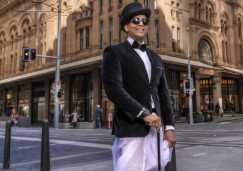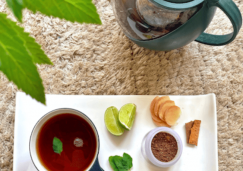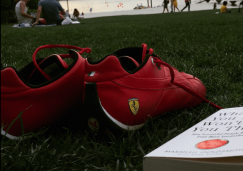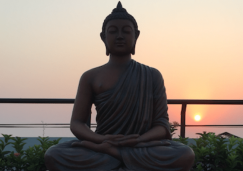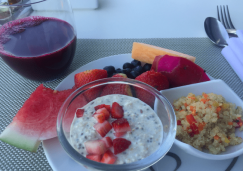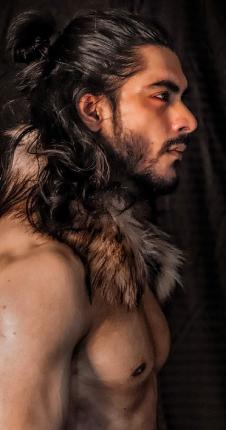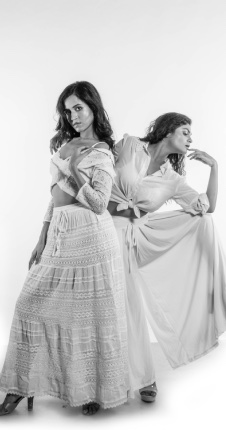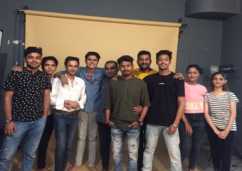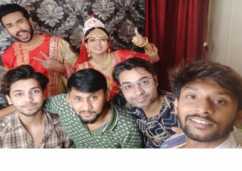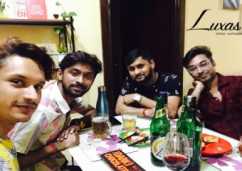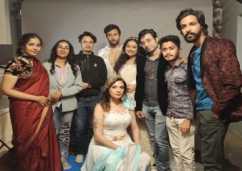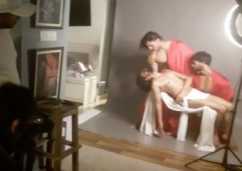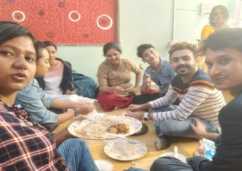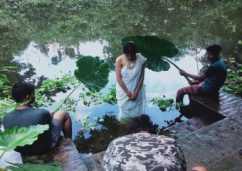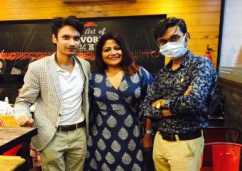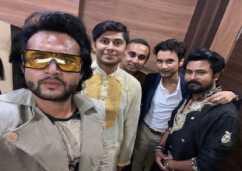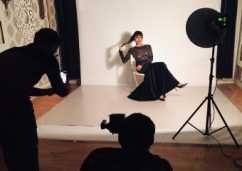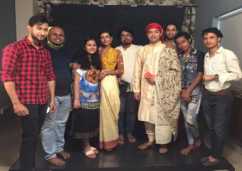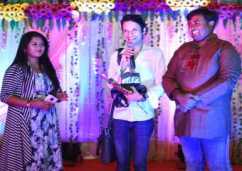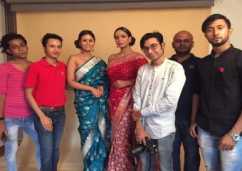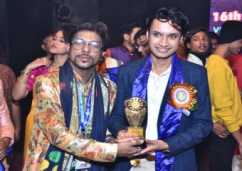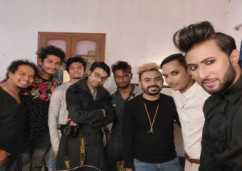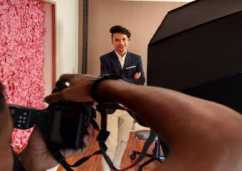Photography is the art of capturing light with a camera, usually via a digital sensor or film, to create an image . If you buy a dedicated camera (rather than a point and shoot on normal digital camera), accompany it with interchangeable lenses so that you can try out different types of photography more easily.
For Everyday photography you can take 17-50mm or 18-55mm or 18-140 mm (for crop sensor DSLR), or 24-70mm or 24-120mm (for full frame DSLR). If you are fascinated to capture the frame from far you can use 70-300mm. There are plenty of different combinations depending of your necessity and the budget, obviously. For portrait Photography you can always take a prime lens like 35mm or , 50mm or 85mm.
After taking a DSLR camera, there is no meaning of operating it on Auto mode. You need to know at least three basic things before using it so that you can control it according to the light, distance and movement of the object. That is Exposure. If you understand the Exposure you can master the your camera and will need least post processing. A photo with bad exposure even sometimes becomes irrecoverable while post processing.
The exposure consists of three things; Aperture, Shutter speed and ISO. The knowledge on the combination of these three things can make you competent to play with your equipment with the light and object.
In your camera if you increase the value of aperture the hole of the lenses will be smaller and you can take sharper photos of distant object and for capturing the object nearby you can gradually decrease the aperture value, for nice bokeh effect of blurred background for a portrait The aperture could be set on the lower value. Actually the aperture decreases with increase of its value. You have to always keep in mind that less light will enter in the camera if you increase the aperture value.
Shutter speed will help you to capture the fast or the slow movement of an object as well as the amount of light entering into the camera. If you want to freeze an object with fast movement on your frame, you have to increase the shutter speed and on the other hand if you want to show the movement in the photo with a blurry effect you can set the shutter speed in the lower value. For a still object you set the shutter speed on 80 to 100 depending on how steady you are while capturing the photo.
Last but not the least, the ISO. Photographer usually play with ISO value to compensate the amount of light on the object or ambiance. In the sunny or highly illuminated area the ISO can be set to 100 or slightly above. But for the less lighted area you may have to increase it. But always keep in mind that increasing ISO beyond limit may deteriorate the quality of the photo by increasing the noise of photo. For lower range of camera the ISO should not be increased beyond 800 except extreme cases where capturing the moment is much more important rather than the quality of the image. For higher range of full frame camera the ISO value can be increased to even 3200 easily without worrying.
But the exposure should be set on combination of aperture, shutter speed and ISO, so that it will meet your requirement to get a sharp and well lit photo without affecting the quality. Extensive practice can make a photographer master of adjusting exposure effortlessly.

